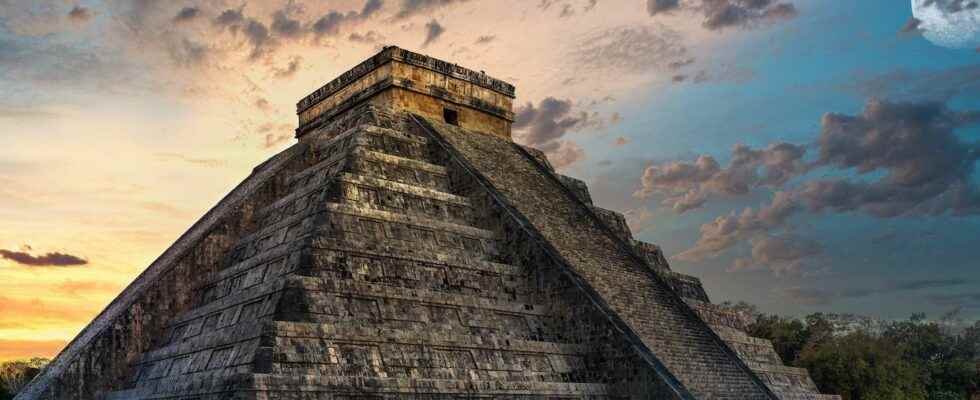Known for their prowess in astronomy, which is more taking into account the technologies which were at their disposal, the Mayas had a sacred calendar, the Tzolk’in, of 260 days. Archaeologists have just discovered what would be the oldest fragment of such a calendar, which dates back nearly 2,300 years!
The Maya are what is called a pre-Columbian civilizationthat is to say that they were mostly extinct before the arrival of Christopher Columbus on the American continent in 1492. Appeared around 2600 before our era, the Maya civilization reached its apogee between the years 800 and 1000. With an unequal growth according to regions and periods, the Maya inhabited the equivalent of five countries during their existence, including Mexico and Guatemala. Known to practice astronomy and to have even built their cities according to the positions of the stars, they used different calendars, one of which is an equivalent of our annual, 365-day calendar, except that it is even more exact! But another of their calendars worked on a basis of 20 days and 13 cycles, making a total of 260 days. Sacred and used for religious rites by all Mesoamerican civilizations, it still persists today in some communities native from southern Mexico and Guatemala.
But if its use is no longer to be proven, dating its origin is more complicated. Today, it is the oldest proof of this calendar which has just been discovered by archaeologists in the foundations of the pyramid of Las Pinturas, located in San Bartolo in Guatemala, among the fragments of an ancient Mesoamerican fresco. More exactly, it is the traces of an animal’s head under a black dot and a solid line that have been found, which are symbols of one of the 260 days of the calendar, the day “7 deer”.
A discovery that dates from between 300 and 200 years before our era
This is not the first find of this type made by archaeologists, but for the first time, they have managed to associate a specific time to it, in a study published in the journal Science Advances : between 300 and 200 years before our era. That is more than 1,000 years before the others hieroglyphic symbols found in Guatemala!
Discovered in the foundations of the pyramid of Las Pinturas, located in San Bartolo, Guatemala, the fresco challenges the hypothesis that Maya calendrical methods originated in the Oaxaca region of Mexico. “Evidence now suggests that we can no longer point to a region of Mesoamerica like Oaxaca as ‘the’ point of origin of the scripts or the keeping of calendar records”write the authors of the study.
But the symbol of the deer, if it serves mainly as a date, can also represent a name: the Mayas were named at birth according to the date of the religious calendar. Further proof of its importance, as the archaeologists conclude in their study: “The 260-day calendar has long been a key element in traditional definitions of Mesoamerica as a cultural region, and its persistence in many communities to the present day testifies to its importance in religious and social life” .
Interested in what you just read?
